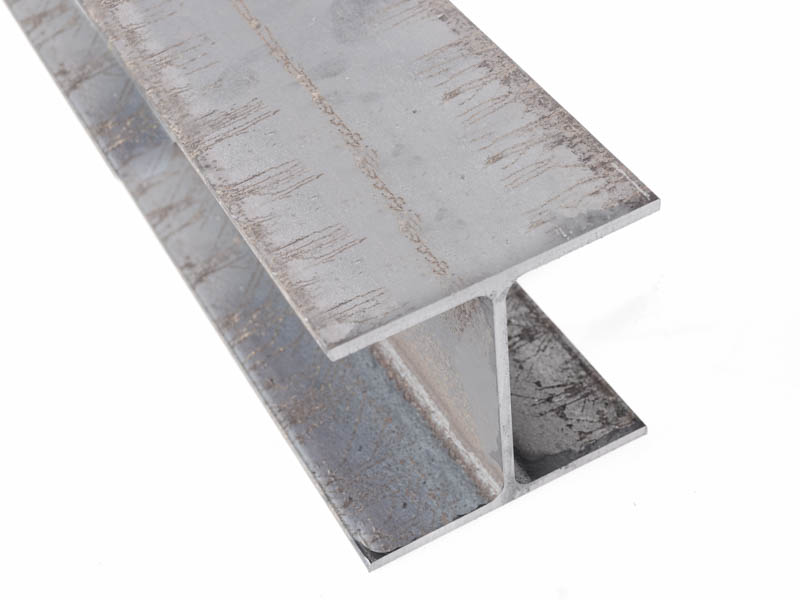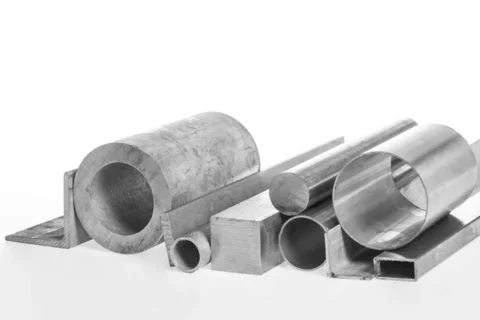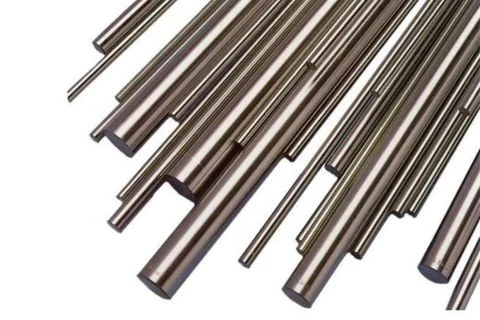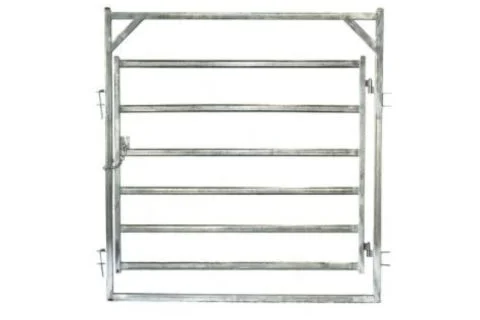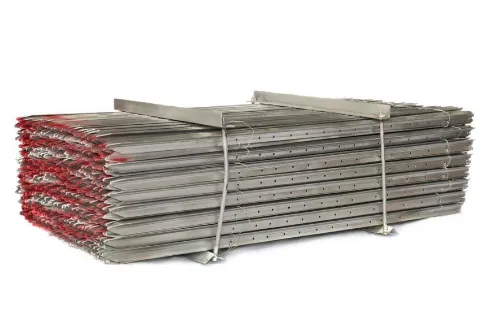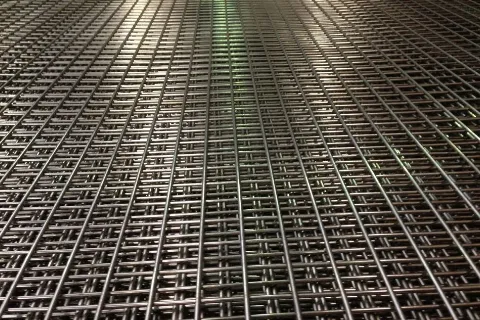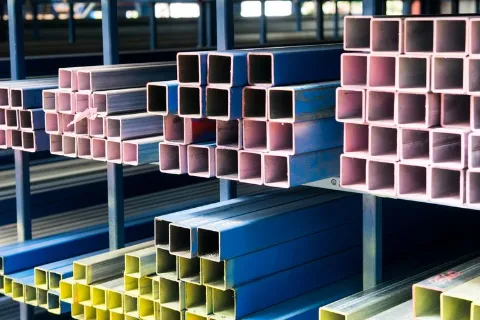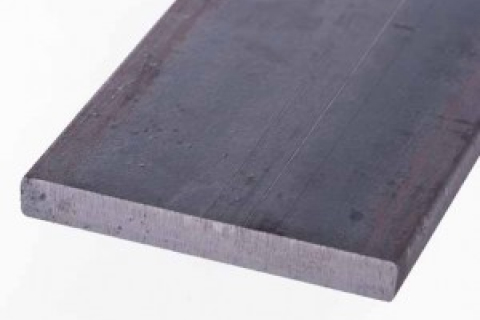The importance of steel protection
Architects and engineers know all too well the importance of steel protection. That’s because if steel is exposed to too much moisture, salt or heat, corrosion can quickly deteriorate the quality of your steel.
To achieve increased durability and corrosion resistance, applying the right steel protection techniques is essential. Knowing the best steel coating methods will help you better prepare for your next project and keep your steel durable for longer.
At Edcon Steel, we’re committed to helping our customers with their steel requirements. We have the know-how to get your next structural steel project protected and cleaned with minimum fuss.
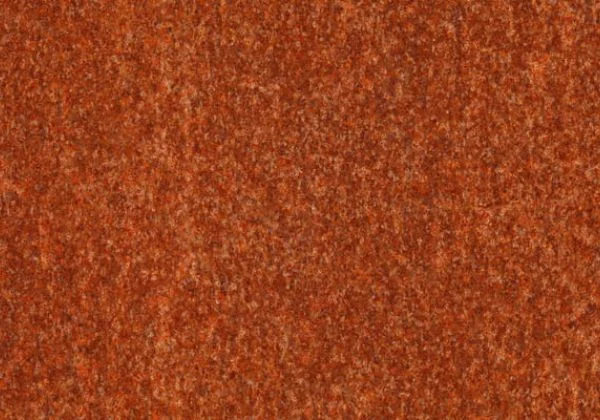
Understanding steel corrosion
Before embarking on the journey of how to achieve steel protection, it’s vital to take the time to understand what steel corrosion is and why it occurs.
Corrosion is the deterioration of steel or metal due to chemical reactions occurring on the surface. The most common reasons for corrosion are moisture or other corroding agents present in the steel’s surrounding atmosphere that assist the metal to react with oxygen in the air or water.
Most commonly, salts and moisture will react with iron to form iron oxides (rust). This change in the steel will change the properties of your steel. Iron oxides are not as strong, nor are they durable. If left unchecked, steel will naturally return to these iron oxides and leave you with a crumbly and ugly mess!
The rate of corrosion depends on the type and quality of your steel as well as any other environmental conditions. There are multiple grades under the steel umbrella, each with slightly different physical characteristics, which are important for selecting the correct steel protection for your own application.
There will be applications where mild or carbon steel is not the right choice; the high amounts of chromium and nickel in grade 304 stainless steel makes it excellent for corrosion resistance. But if you need your steel to perform well in more aggressive environments, then grade 316 stainless steel is particularly desirable.
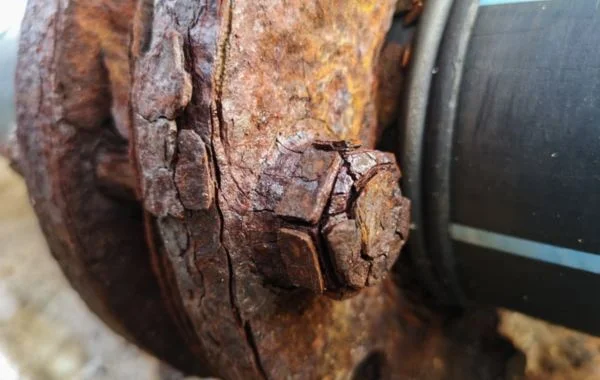
The risks of neglecting your steel protection
But steel protection isn’t just about corrosion resistance. There are many harmful risks when you neglect protecting your steel for too long. For example, too much corrosion in your steel can lead to a breakdown of your entire mechanism, causing harmful accidents.
If your steel is also submerged in water or soil, corrosion can mix with the water and harm the natural flora and fauna.
And of course, corrosion can cause major financial and economic losses as replacement costs can exceed the original cost of your steel items.
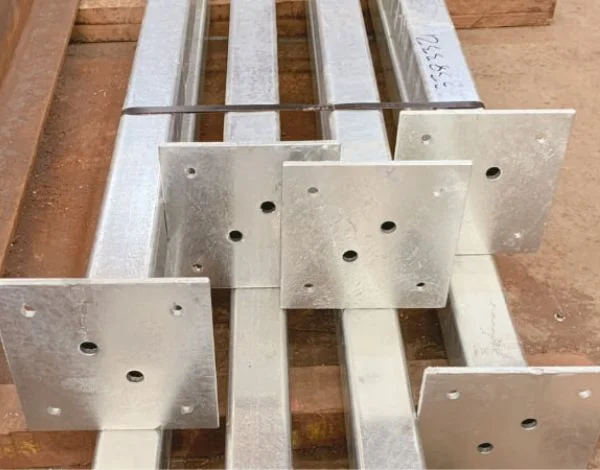
Steel coating
Traditionally, a painted coating or metal coating (plating) are widely used as corrosion protection for steel, to prevent weathering of the metal. Coatings provide a physical barrier between corrosive material and the steel surface. In the case of metallic coatings, a galvanic protection will chemically inhibit the rusting process. Selecting the right steel coating can protect your steel from external environmental conditions such as moisture, water and other corrosion agents.
The most common way to apply steel protection through coating is painting. However, after some time, the paint may break down, either through a toxic reaction or other kinds of friction, leaving the steel surface unprotected.
Another method you can use to protect your steel through coating is hot dip galvanising. The process of galvanising steel is a reliable technique, as the chemical bonding of the protective coating (zinc) to the substrate (steel) makes the coating durable, strong and long lasting.
Galvanising also requires no maintenance for up to 10 years in ‘normal’ situations, while painting may require annual or more frequent maintenance regimes to stop the build-up of harmful chemicals on the painted surfaces (refer to your paint manufacturer’s recommendations).
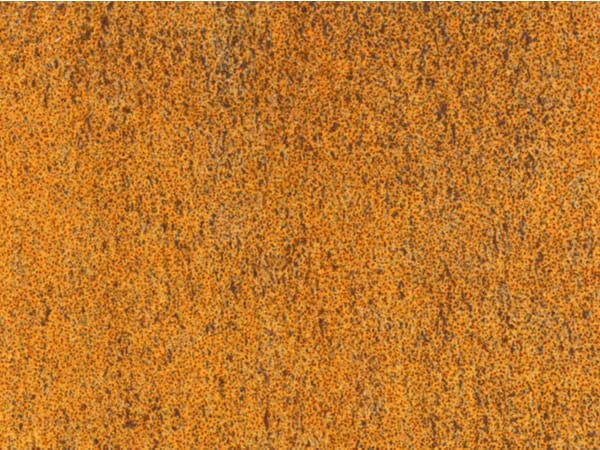
Steel cleaning
Another effective technique you can use to protect your steel and stainless steel from rust is cleaning. Proven steel cleaning methods and passivating treatments can also ensure your steel protection is at its optimal performance.
While steel can be protected to remain corrosion resistant, it can still remain at risk to surface damage. Oxidation, corrosion, rusting or staining can occur over the long term in harsh environments without routine steel cleaning.
Stainless steel is not completely immune from rust, and ‘tea coloured staining’ is a common problem, especially in harsh coastal environments where the finish of the stainless steel has not been correctly selected. Information on Tea Coloured Staining of Stainless Steels is available from the Australian Stainless Steel Development Association.
Regularly cleaning your mild steel will help to preserve the steel’s integrity and maintain its pristine condition. There are simple routine cleaning steps that you can follow to help keep your mild steel clean. The following steps can be performed every six months:
- Use a soft nylon brush to remove accumulated dirt and debris.
- Wash with mild soap or detergent.
- Follow with a clean-water rinse.
- Wipe dry with a soft cloth, disposable wipe or air blower.
If your steel has become extremely dirty, with signs of surface discolouration or corrosion, routine cleaning may not be the most effective solution. Depending on the specific types of damage, you may need to apply techniques such as:
Oil and grease marks
- Use isopropyl alcohol, acetone or methylated spirits.
- Apply solvent several times with a clean, non-scratching cloth until all marks are removed.
Heat stains
- Use a domestic metal polish (chrome polishes for automotive parts are effective and widely available).
- Treat the entire steel surface to avoid discoloured patches.
Localised rust stains
- Use a soft cloth to apply an oxalic acid solution or ‘rust converter’.
- Leave the solution on the surface for a few minutes to dissolve contaminating particles.
- Rinse away all residual solution with clean water.
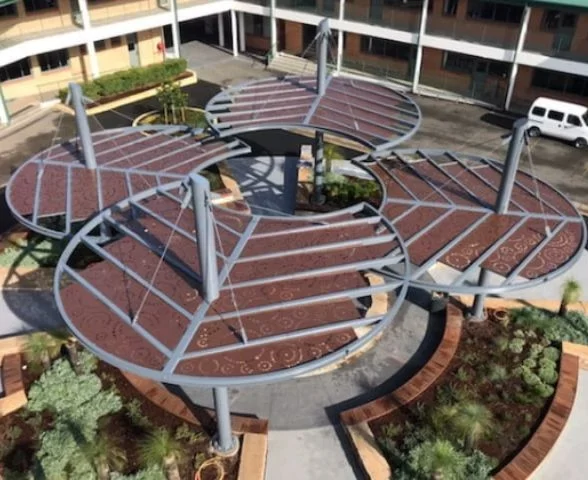
Meeting the Australian Standard for steel protection
Your steel protection shouldn’t be an afterthought. The time to consider which coating and cleaning option to use should be early in your project. And we strongly recommend that you discuss the coating and cleaning requirements with your designer, or refer to the relevant Australian Standard.
Coating of structural steel is covered by AS2312:2014 Guide to the protection of Australian steel against atmospheric corrosion by the use of protective coatings. This standard is in two parts and will help you to consider the design life for your project as well as the environment your project is subject to.
Protection of steel standards are AS NZS 2312.1-2014 Guide to the protection of structural steel against atmospheric corrosion by the use of protective coatings – Part 1: Paint coatings and AS NZS 2312.2-2014 Guide to the protection of structural steel against atmospheric corrosion by the use of protective coatings – Part 2: Hot Dip Galvanizing.
Are you ready to choose Edcon?
Edcon Steel is Australia’s most comprehensive online steel and metal superstore, so if you’re looking for products for your next project, we’ve got you covered. We cut and supply steel and metal – in a wide range of shapes, sizes and grades – for all your project needs.
Read more steel articles to find out more about the steel industry, customer projects and product resources.

